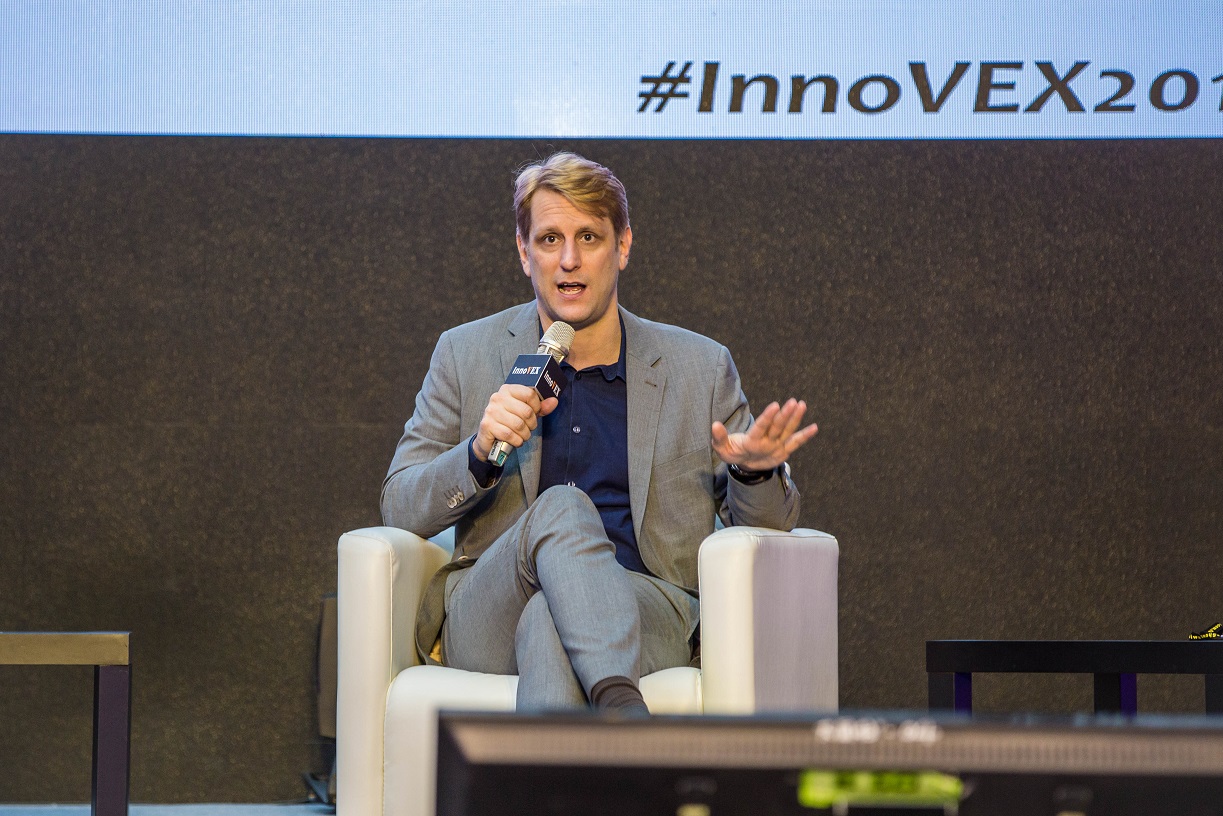
One of the speakers for the blockchain forum of InnoVEX 2019 is Mr. Jeff McDonald, co-founder of NEM Foundation. In his speech, Mr. McDonald further outlined how blockchain combined with IoT and various other use cases can make smart cities smarter.
Beyond Money
Mr. McDonald believed that one of the most important benefits of blockchain is how it is impossible to send 1 thing more than once. This aspect is not only limited to cryptocurrency, but also information, data, etc. This essentially functions as a certificate of authenticity on the blockchain; which means it can be utilized as an activation key for devices.
Blockchain’s most famous application is in cryptocurrency. Anyone can make their own cryptocurrency, but blockchain also allows for the creation of new asset classes that has never existed before. These asset classes are not necessarily tied to monetary value, as blockchain can be utilized for creating certificates, voting, and identity.
Focusing on the identity aspect, it is important to remember that the identity is not only limited humans. Individual devices can have its own identity on the blockchain which can also function as the activation key. Devices on the blockchain can vote, send a cryptocurrency, and have certificates associated to them. IoT and blockchain need each other and the combination of these technologies is what forms the beginning of smart cities.
Symbiosis for Smart Cities
IoT devices need the security that blockchain can provide. The same cryptography and network that secures one account can also secure other devices; especially as IoT devices are now getting hacked. As smart cities will contain a large amount of IoT devices, their security must be ensured through available and necessary means. For now, it means utilizing blockchain as a security measure to ensure that the IoT devices function as intended and not used for other, possibly criminal purposes.
Smart cities are more than just a combination of IoT and blockchain; it also needs smart citizens and smart voting. Smart cities should not be static and the voters should be able to control smart contracts which will then in turn control the IoT devices; connecting all aspects of the smart city. The added security layer provided by blockchain can make smart cities even smarter, safer, and more secure.
There are multiple possible applications of blockchain in smart cities, including for land management. In communities where multiple people hold the right to decide how the plot of land is being administered and governed, blockchain might be the solution needed for the job.
One use case that Mr. McDonald showed was how the Crow Nation (Apsáalooke), one of the Native American Nations can use a blockchain application to handle their identity, property title, voting, and currency; all through the use of one app.
Decentralized, but Organized
Mr. McDonald remarked how many blockchains end up with disagreements between the users and the developers; regardless whether they are developer or user driven. While consortium driven blockchains have many use cases; these are often limited to only a closed ecosystem which might not be suitable for smart city applications.
His idea is of a government driven blockchain which he believes will be able to unite the elements within the city and encourage them to connect. Currently smart cities use multiple different blockchains for different purposes and this might not function as well as a united government driven blockchain that is used by everyone and everything. This will also solve one of the biggest problems that blockchain in smart cities face: that they are decentralized, but disorganized.
By creating a government driven and therefore organized blockchain; the correct policies, legislations, and regulations can be created around that blockchain. The future of smart cities is promising and a combination of IoT, blockchain, and smart community is the main component. Together, smarter cities can be made into reality.
To watch the full forum session, visit our YouTube channel here.